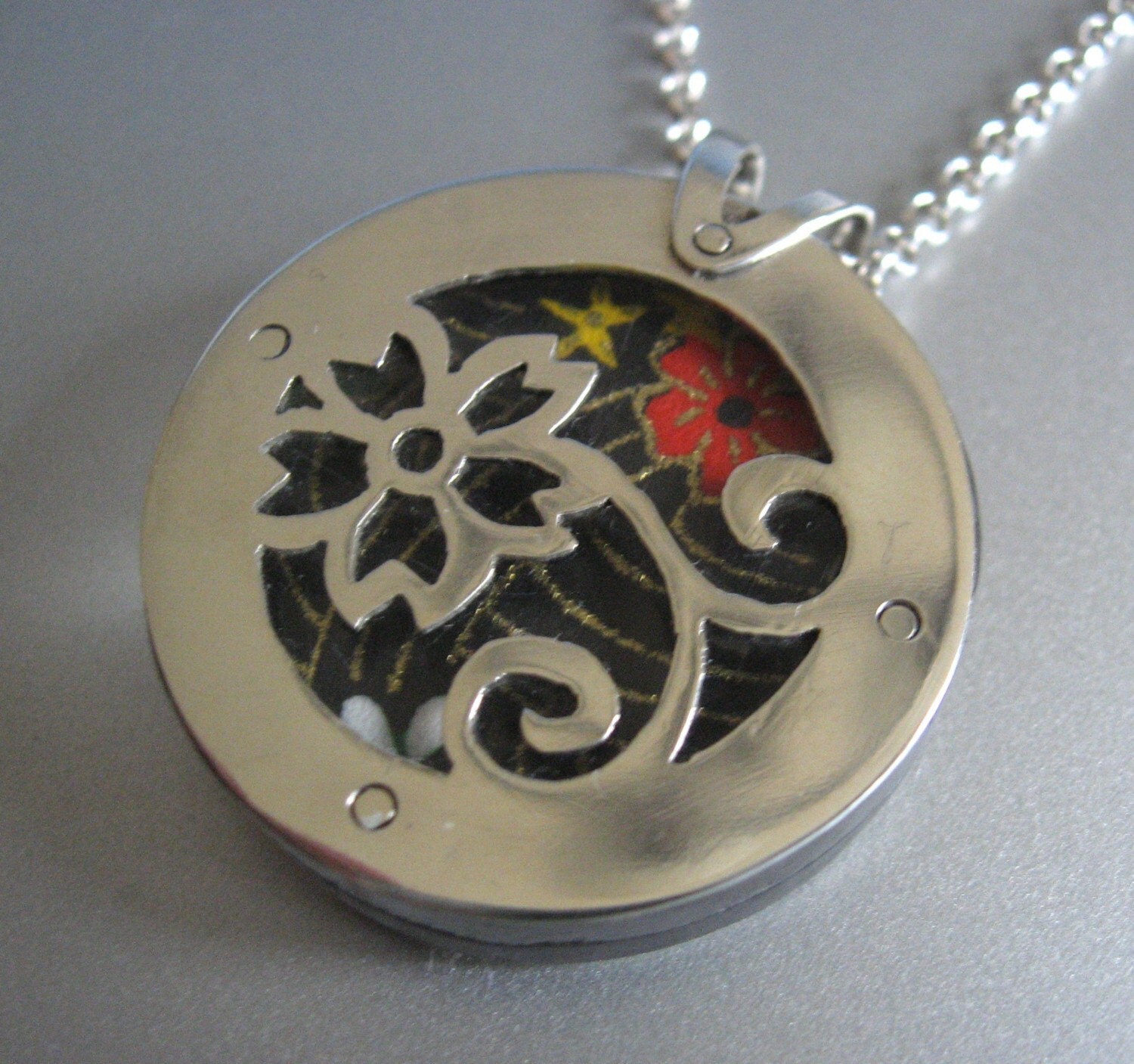This week's blog is a part of Etsy Metal's Blog Carnival. The topic? "Nobody's Perfect" - a statement that certainly applies to me, despite my most fervent wishes to the contrary!
I learned to solder in my first month of art school by making a curb chain. My instructor was not into starting us off with an easy project. The students in my class each had a one ounce coin of pure silver, and that coin was to be transmuted into the chain you see above, with a 'sister hook' clasp. Alloying the metal, and fabricating the wire and sheet was new to me, but fairly easy. The hard part came with the soldering.
Using only hard solder (upon insistence by our instructor) we soldered each link of the chain, which was made from 2mm wire. Already I was having problems. Sometimes my solder would ball up, sometimes it would flow onto only one side of the join. It took many, many errors to find the right torch flame, the right way to move the torch flame, the right amount of flux, and the proper size to cut the solder. There were tears of frustration, but it was going to get much worse.
Once the links were all soldered, the chain was to be annealed, and then drawn through a drawplate until the links were oval. Just typing the previous sentence makes me shudder with the memory. Possibly I did not anneal the chain to the right temperature, but it is more likely that my soldering was weak and imperfect, because I broke many, many links on this stage of the process. I would go back to my bench, clean the join, reapply the solder, re-anneal the entire chain, then try to pull it through the drawplate again. SNAP. Another link breaks. Repeat. Repeat. Repeat. Soon every link had been soldered multiple times. The instructor suggested I melt the entire thing down and begin again. I remember the back of my throat being tight with frustration and rage, but I did as he suggested.
My second try was better than the first, but it was still substandard. Soldering requires a certain knack, and to get the knack you require a lot of trial, error, and practice. I got plenty of those three things over the next day or two because I had to melt down the chain again and begin with a melted piece of silver.
The third time is indeed a charm, and I had a chain of acceptable length which I now had to anneal and twist. I already had PTSD by this point, and when I put one end of the chain in the vise and began to twist, I was ready to start pulling my hair out and running around the room screaming when I heard that "SNAP" noise as a solder join gave way. But it only happened a few times (progress! jubilation!) and I was able to salvage every broken solder join.
Fabricating the clasp was a cakewalk in comparison. I sanded off any soldering overflow, and tossed the bracelet into the tumbler for a bit of barrel burnishing. A few hours later, I took it out of the tumbler and.... it was all covered in black. This is what happens when you don't clean your pieces very well before you put them in a tumbler: abrasive media stirs up the rubber and then that rubber coats your piece. NICE. Our instructor, who was always calm and very collected, used this tribulation to teach us how to polish a chain safely on the polishing wheel.
Of all the time I spent in school, I believe that week or two was the most valuable to me as a metalsmith. I came out of it really understanding how to solder, knowing all the things that could go wrong and many of the mistakes to avoid. My classmates came to me for soldering help (I was surprised the first time this happened, and even more surprised that I knew what was wrong and how to make it work.)
I used the same chain again in my grad project, which was an exploration of pain and bondage. I thought it was the perfect metaphor, connecting a pair of leather and silver cuffs, a silent testimony to the struggle I went through to learn the technique which brought the chain into existence! It's still one of my favourite pieces of jewellery, and I wear it to remind myself to honour my mistakes. Practice does indeed make perfect, or at least, brings you closer to perfection than you thought you could get.
Please visit my Etsy Metal teammates' blogs for further musings on the subject "Nobody's Perfect!":
2Roses
Inbar Bareket
Anne Walker
Beth Cyr
wildflowerdesigns
Michele Grady Designs
TK Metal Arts
Evelyn Markasky



























